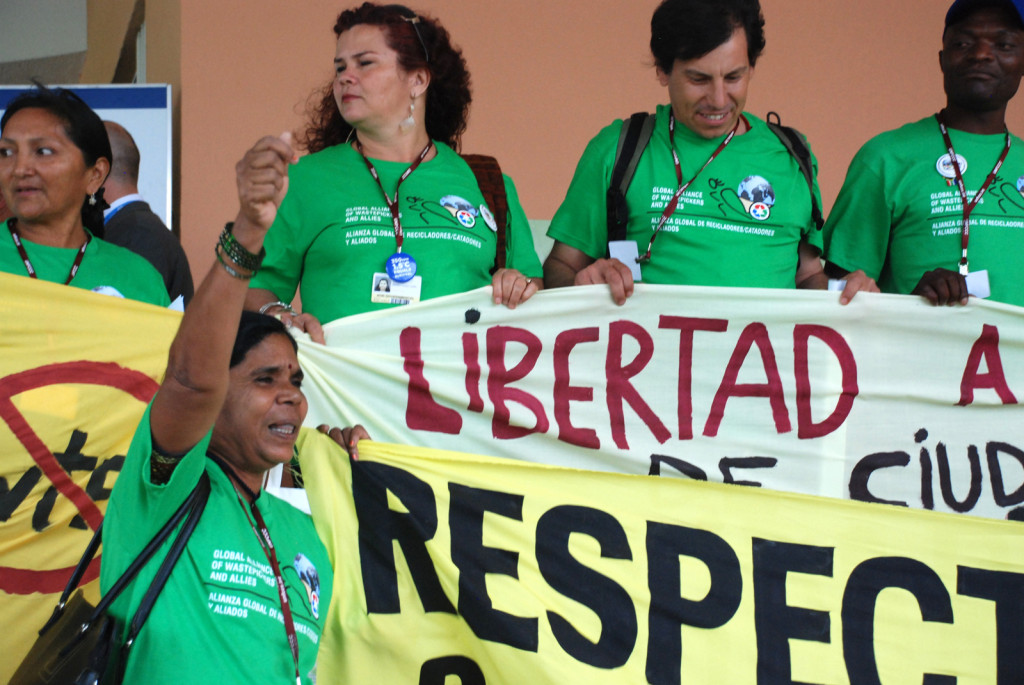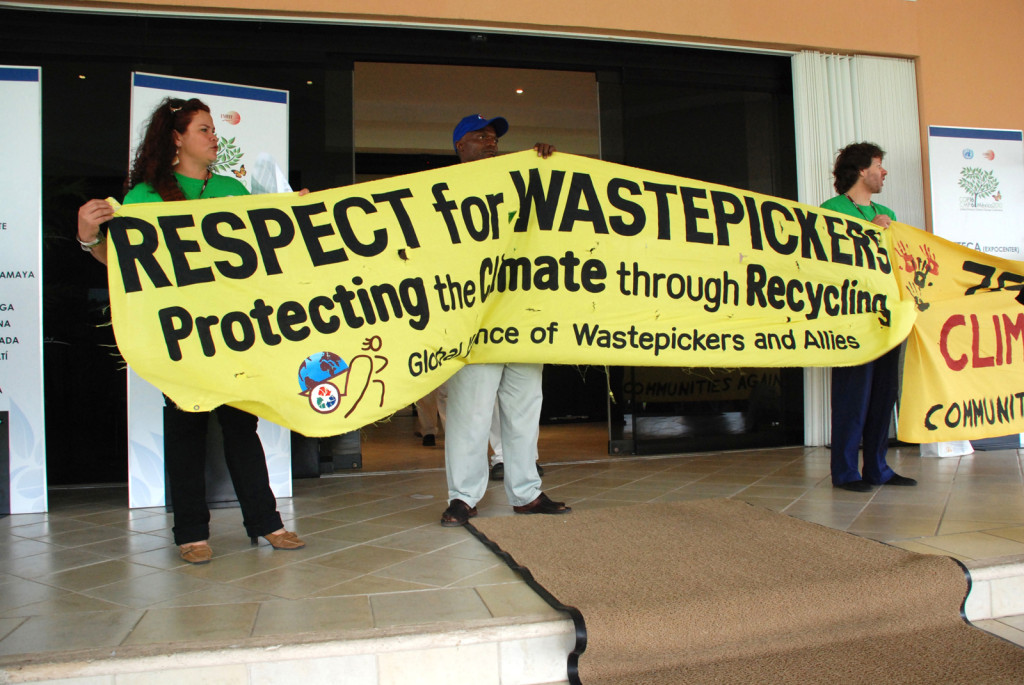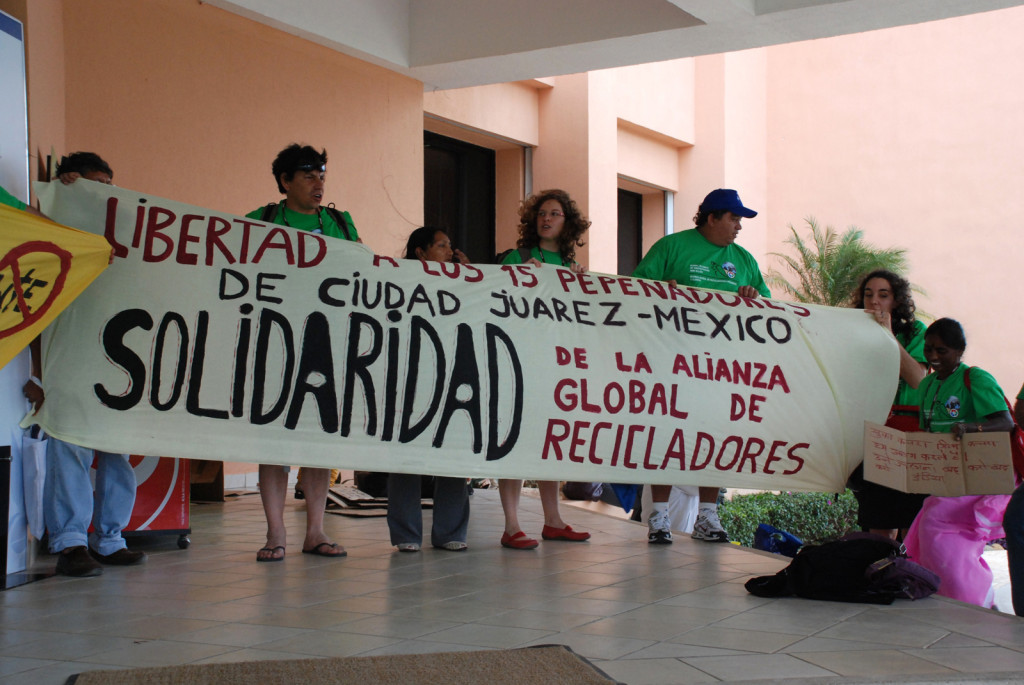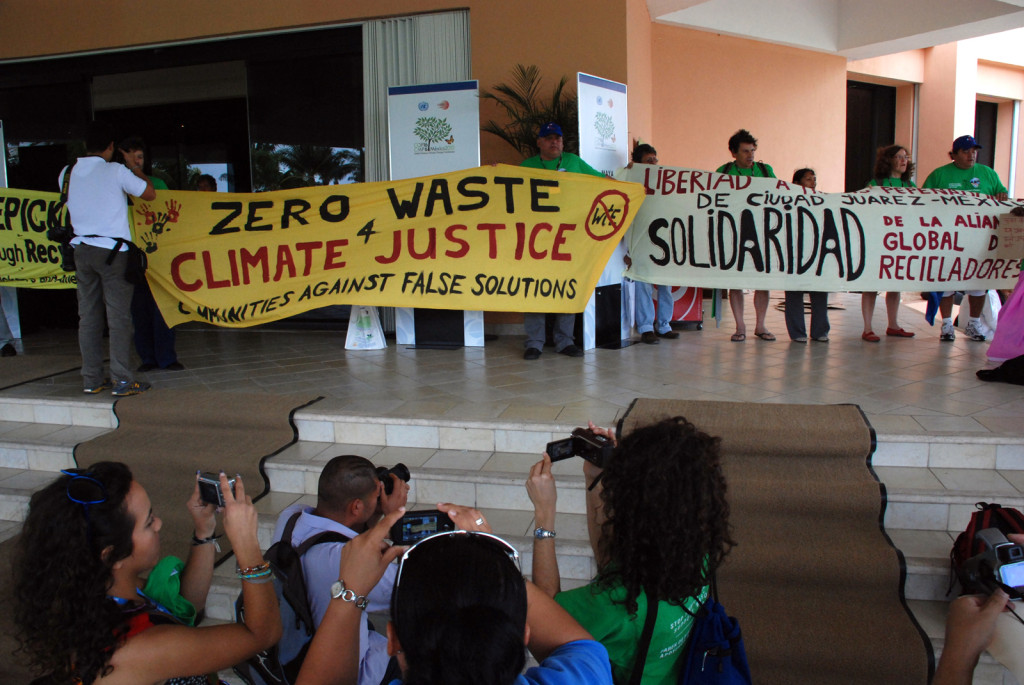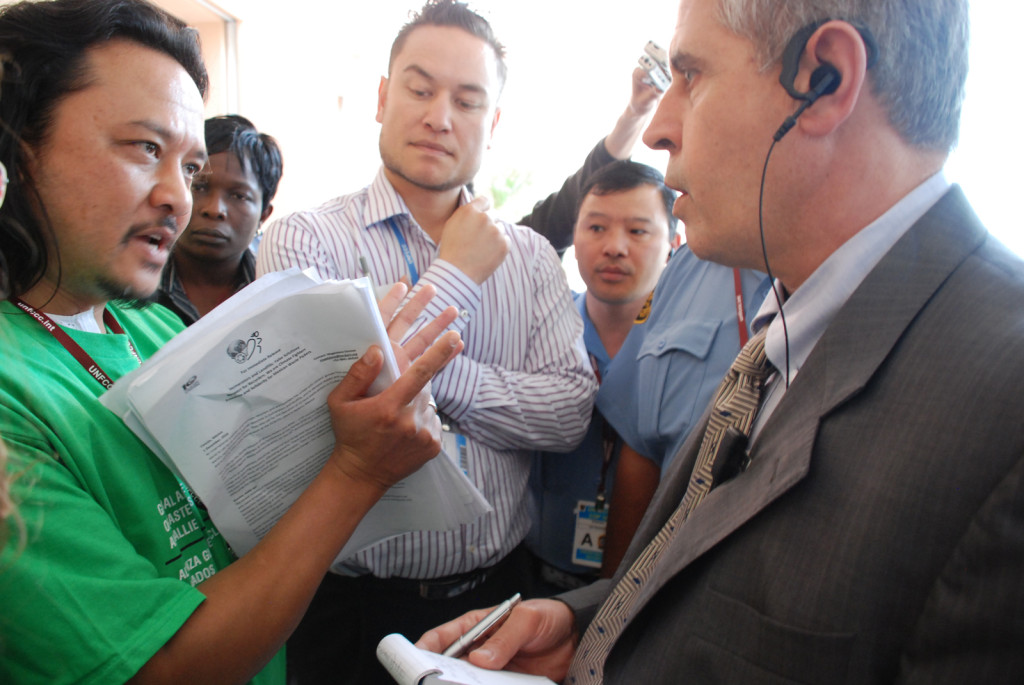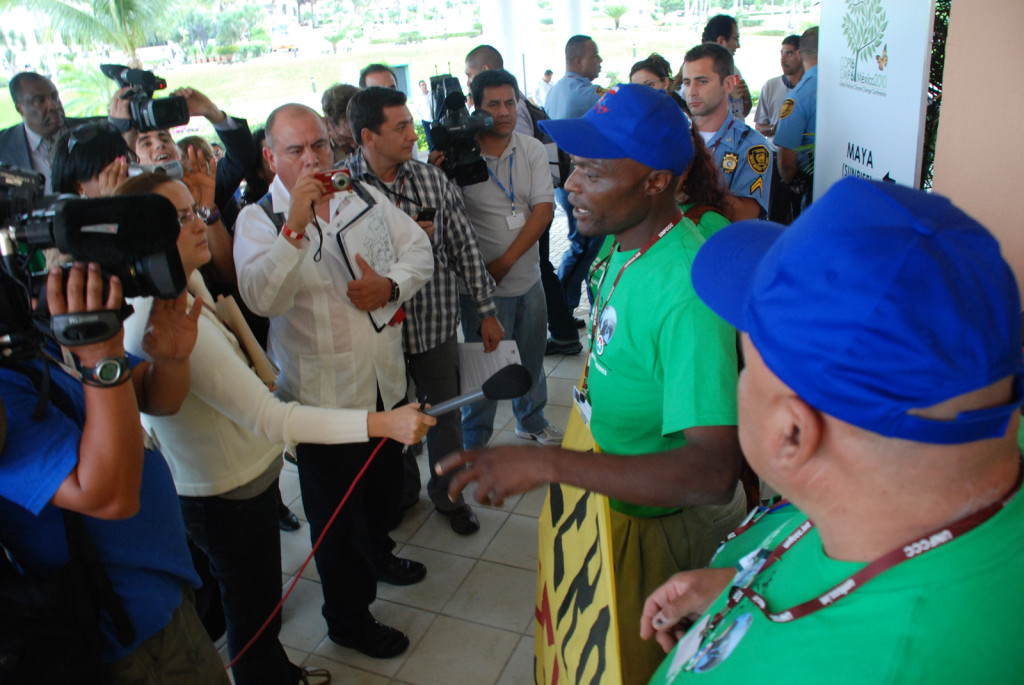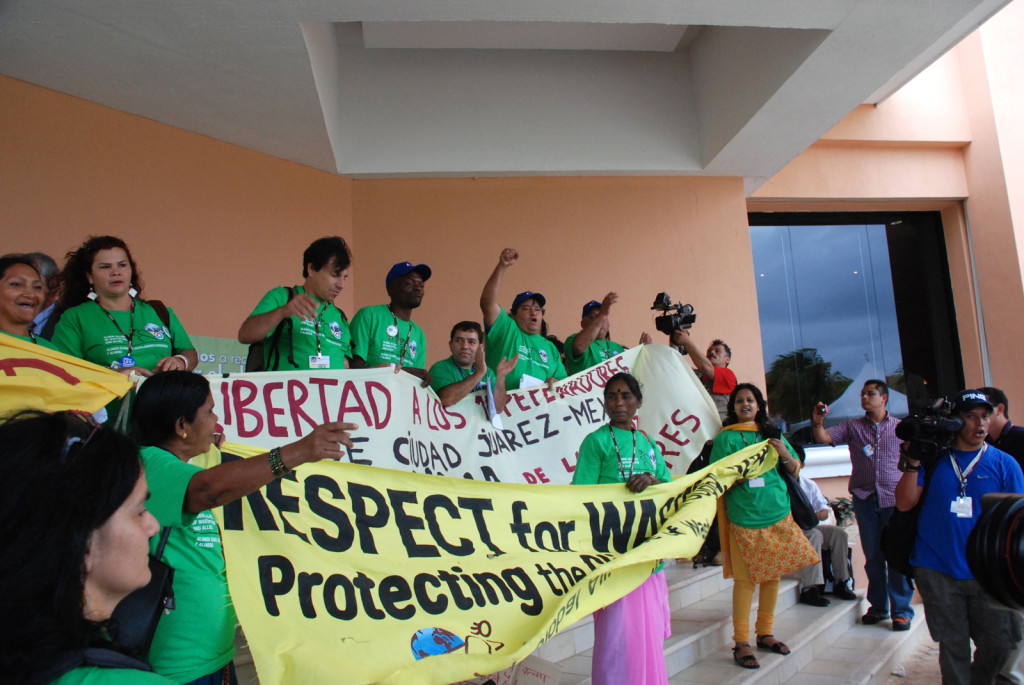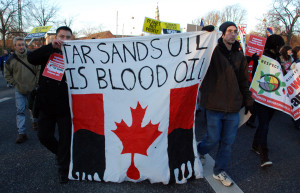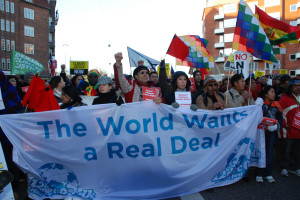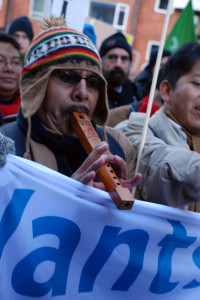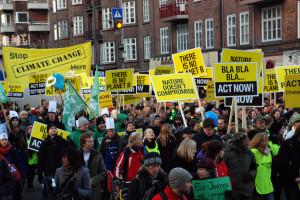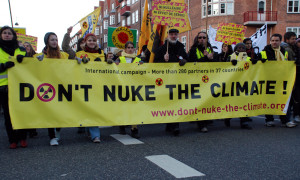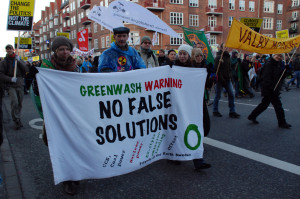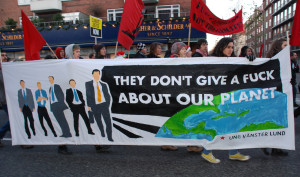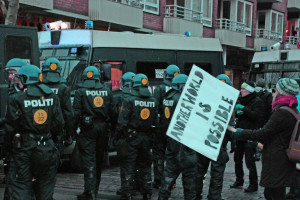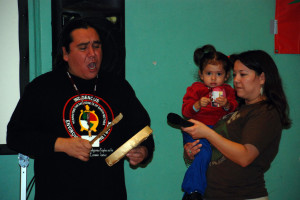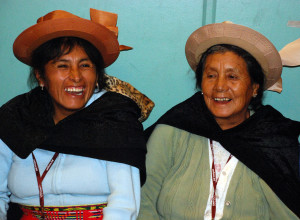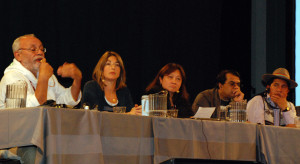Deforestation in Paraguay is forcing the people of the Ayoreo tribe to leave land they have occupied for generations.
Click here to view the video from Survival International
Hitler was said to have fled there, the Spanish conquistadores failed to penetrate it, and the only uncontacted tribe outside Amazonia lives within its borders. But now the vast Paraguayan wilderness of thorn trees, jaguars and snakes known as the Chaco is being transformed by a Christian fundamentalist sect and hundreds of Brazilian ranchers.
Worldwide food shortages and rock-bottom land prices in Paraguay have made the Chaco the last agricultural frontier. Great swaths of the virgin thorn forest once dubbed Latin America’s “green hell”, are being turned into prairie-style grasslands to rear meat for Europe and grow biofuel crops for cars.
Recent satellite imagery confirmed that about one million hectares, or nearly 10%, of the virgin, dry forest in northern Paraguay has been cleared in just four years by ranchers using fire, chains and bulldozers to open up land. By comparison, Brazil claims to have nearly halted its deforestation of the Amazon.
Landowners in the Chaco, the second-largest South American forest outside the Amazon, must by law leave trees on 25% of their land but the region’s remoteness and the government’s lack of resources for monitoring or prosecuting law-breakers has encouraged rampant, illegal felling of the dense, slow-growing forest.
The consequence, say conservationists, including David Attenborough, is a growing ecological disaster with widespread erosion and desertification taking place in one of the world’s most fragile and diverse environments.
“This is one of the last great wilderness areas left in the world. It is vital that we save the incredible biodiversity of these habitats,” said Attenborough, who made some of his earliest wildlife films in the region.
The barely populated expanse of almost impenetrable forest, twice the size of the UK, is home to about 3,400 plant species, 500 bird species, 150 species of mammals, 120 species of reptiles, and 100 species of amphibians. Jaguars, pumas, giant anteaters and otters make it one of the most diverse in the world.
In November the Natural History Museum will send 60 scientists to investigate two areas of the forest. They expect to find several hundred new species.
About 20,000 Indians lived in the area for centuries but the land was never colonised by western groups until the 1930s when fundamentalist Mennonite sects from Russia and eastern Europe were given large areas, to allow them to avoid communist persecution.
As in Brazil, the indigenous people were largely wiped out and then deprived of their ancestral land.
The Mennonites, who include the traditional Amish sect of Pennsylvania, believe in a strict interpretation of the bible and often seek isolation in remote areas. But the Chaco land rush, which has seen prices rise from under $10 a hectare to over $200 in a few years, has made the sect worth at least $500m.
The large Mennonite families and powerful co-operative farm groups have bought an estimated 2m hectares of land in the Chaco. What also used to be modest meat and dairy enterprises have grown into formidable agri-businesses dominating Paraguayan livestock farming.
Mennonite communities, where an old German dialect is mostly spoken, now sport new pick-up trucks and have north American-style hypermarkets and restaurants.
“We intend to expand in the Chaco as much as the law allows. Not just physically but by making the land more productive,” said Heinrich Dyck, finance director of the Neuland co-operative of Mennonite farmers based in Filadelfia, the largest Mennonite community, of 4,000 people. The co-operative is one of Paraguay’s largest meat and milk exporters and owns the country’s biggest slaughterhouse.
Dyck added: “Religion is at the heart of everything we do. The Christian faith is fundamental to us. God made it clear in the bible that we should take care of the land and use it as a source of sustainability and production.”.
The Mennonites, who until recently paid no taxes, run their own schools and police. They have been joined in the Chaco by hundreds of Brazilian ranchers. These are mostly the descendants of German émigrés who established themselves in southern Brazil after the war. The Brazilians are now believed by government to own nearly 3m hectares.
“The Brazilians are now exporting deforestation,” said one government spokesman.
The two groups, which both speak German, now control nearly a third of the Paraguayan Chaco and have rapidly developed a $100m-a-year meat and dairy agri-business which exports meat to Chile, Europe, Israel and Russia.
Ignacio Rivas, a conservationist with the Paraguayan group Guyra, said: “The fate of the Chaco lies with these groups. At this rate 75% or more of the Chaco will have disappeared in a generation. Both groups are expanding aggressively. Their style of farming is totally unsuited to the fragile soils of the Chaco and will lead only to desertification and erosion.”
Mennonite and other large landowners this week defended the deforestation, arguing that it created jobs. “The Chaco was for sale a few years ago. No one wanted it. Why did not the conservationists buy it then?” said Massimo Coda, a spokesman for the Rural Association of Paraguay. “The reason why so much land is being cleared now is that we fear that more restrictions will be put on how much forest we can fell. We fear we will be stuck with a forest which pays nothing. We accept there is ecological damage, but we are prepared to leave more land forested.”
A spokesman for the environment ministry said: “We know what is happening in the Chaco but there’s little we can do. This land is very fragile. It will take many years to recover. The most important thing we can do is to try to conserve as much as possible. But we need the help of the international community to stop the losses in the most fragile areas.”
Concern is building over the future of isolated Indian groups. The Ayoreo-Totobiegosode is the only uncontacted tribe in South America outside Amazonia, but earlier this year bulldozers hired from a Mennonite transport company were found illegally destroying thousands of acres of the land they regularly use.
According to Survival International American fundamentalist churches helped organise “manhunts” in which large groups of Totobiegosode were forcibly brought out of the forest as late as the 1986 to be converted to Christianity.
“Everyone knows about the Amazon but this is one of the last unknown places on earth and it is being destroyed for the sake of a few hamburgers before we even study it. This is short-term gain with desertification the only long-term prospect. It will cease to work as an ecosystem if we allow this destruction to carry on,” said John Burton, chief executive of the Word Land Trust.
The Chaco has a history of surviving anything that man can throw at it, including war and a proposal that it become a global nuclear waste dump. During the 16th century, Spanish conquistadores tried to penetrate it but the vegetation, harsh climate, lack of water and indigenous tribes defeated them and the Chaco was largely ignored.
In 1932, following a rumoured oil strike by Shell, Bolivian troops invaded the region but were defeated by a lack of water and searing temperatures. More than 2,000 people died in the three-year war and the outlines of trenches are still clear, with pieces of metal from tanks still littering the countryside.
Explorers hope for new species
Sixty British and Paraguyan scientists are to spend a month in unexplored northern Chaco in a biodiversity expedition expected to discover several hundred new wildlife species.
The Natural History Museum’s expedition will be the largest scientific exercise ever mounted in Paraguay and one of the most ambitious by British scientists in 30 years.
Specialists in several fields, including spiders, birds, microbes, plants, mammals, and fossils, will spend two weeks in two of the remotest northern regions, close to the Bolivian border.
The army-backed expedition of 100 scientists, cooks and logistics experts will have to endure extreme conditions. “Temperatures are expected to reach 48C, humidity will be 100%, floods are possible and mosquitoes, ticks and other biting insects are certain,” said Alberto Yanosky, chief executive of the Paraguayan conservation group Gwyra, which is helping to organise the trip. “We have no idea what we might find. No one has researched these areas.”
The Chaco, which stretches over nearly 240,000 sq km, is similar topographically, and in places climatically, to the Australian outback. Covering parts of Bolivia, Paraguay and Argentina, it is a mix of forest, palm woodland, shrubby steppe, and swamp. It is the second largest biome in South America after Amazonia.

